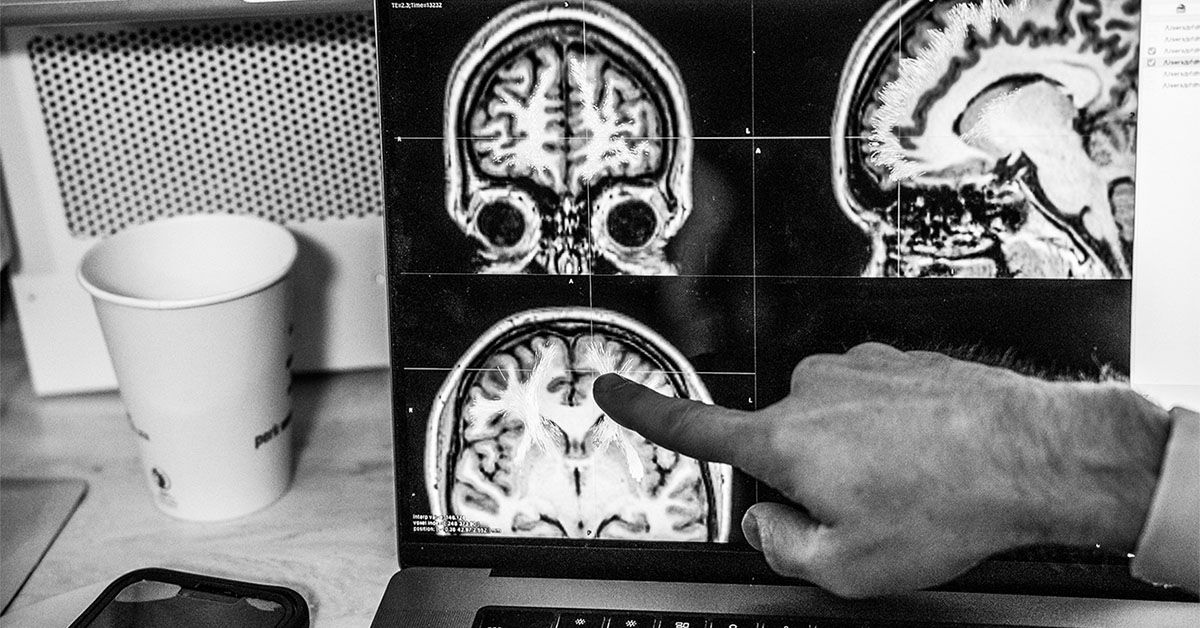The recovery process after a stroke can be unpredictable and influenced by various factors. An observational study has explored how age-related brain changes could be connected to stroke recovery. The study, published in Neurology, focused on white matter hyperintensities (WMH), areas of damage in the brain related to aging. The researchers found a potential link between age-related damage to white matter and stroke recovery outcomes. Lead study author Sook-Lei Liew, PhD, stated that this study is part of a bigger movement examining the impact of global brain health on stroke motor recovery.
The researchers tracked 223 stroke patients across seven research sites in four countries, collecting data an average of 147 days post-stroke. They discovered that both white matter hyperintensity size and the area affected by the stroke were positively associated with motor control symptoms. Additionally, the study found that white matter hyperintensities could modify an individual’s recovery of motor control following a stroke. These areas are commonly seen on MRI scans and appear as areas where fluid has accumulated. They are present in over half of individuals over 60 and are linked to aging, cognition, and the risk of Alzheimer’s disease.
White matter hyperintensity volume has been correlated with shorter telomere length, known to shorten as cells divide. Inflammation and ischemic injury are two mechanisms that can cause white matter disease and hyperintensities. Dr. José Morales, a vascular neurologist, suggested that identifying biomarkers of white matter hyperintensities could be the next steps for researchers. By developing novel imaging sequences and serum assays, professionals may be able to reliably pinpoint upstream biomarkers of small vessel disease and abnormal blood-brain barrier opening, which can lead to the appearance of white matter hyperintensities. Morales emphasized the importance of primary and early secondary prevention in reducing the risk of stroke and dementia.
In conclusion, the study sheds light on the potential impact of age-related white matter changes on stroke recovery. Understanding the role of white matter hyperintensities in modifying an individual’s motor control symptoms after a stroke could lead to better prevention and treatment strategies. Identifying biomarkers of white matter hyperintensities may further enhance our knowledge of stroke recovery mechanisms and contribute to improved outcomes for patients. Continuing research in this area is crucial for developing effective interventions that target global brain health and ultimately enhance post-stroke recovery.










